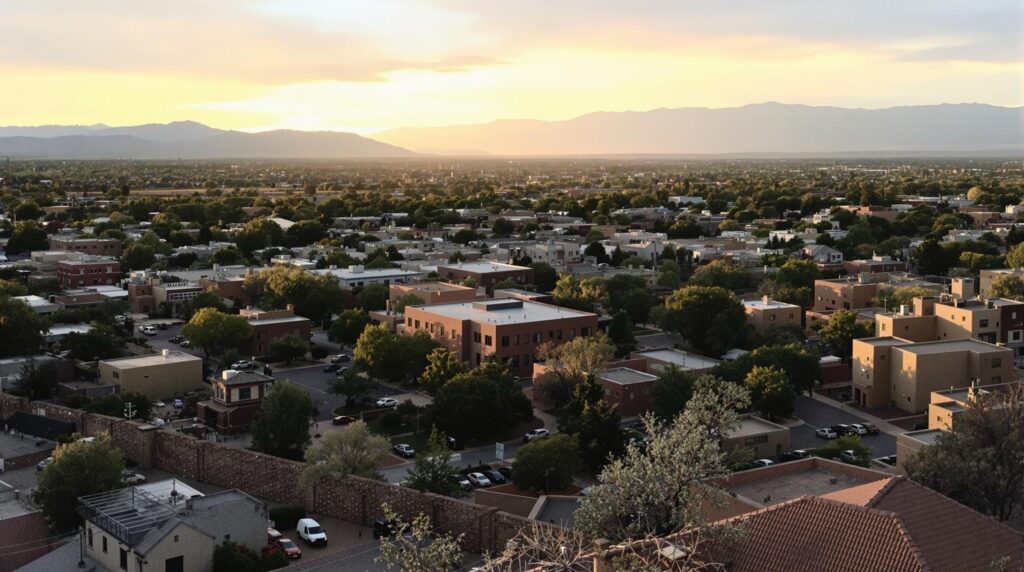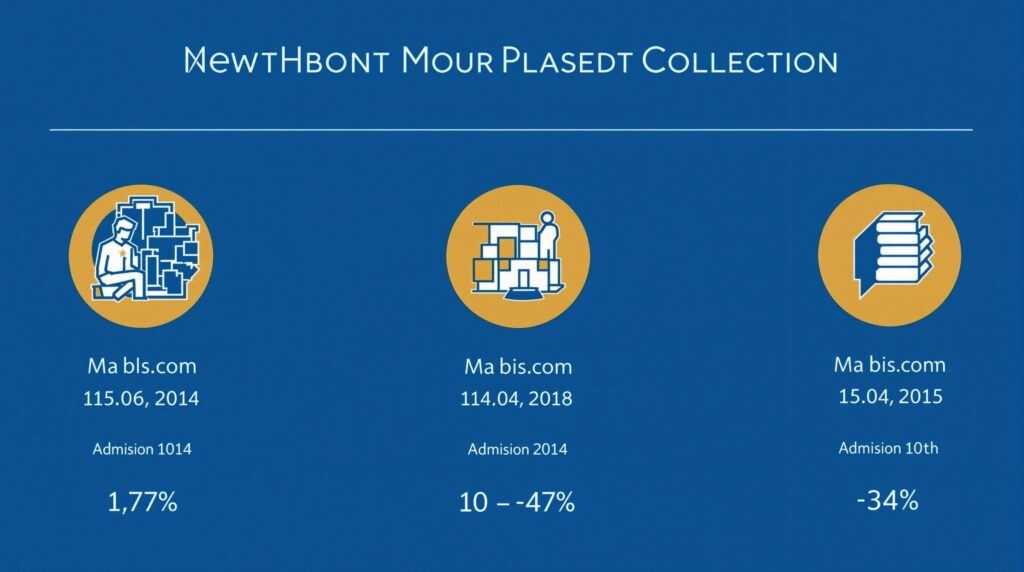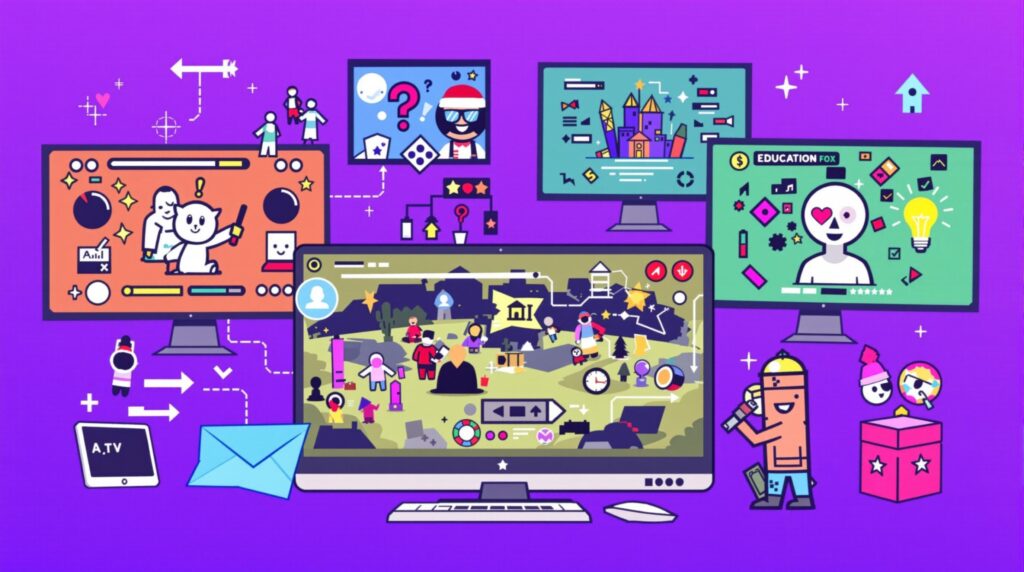New Mexico’s educational funding landscape offers a diverse range of opportunities for students, educators, and community organizations seeking financial support for educational initiatives and career development. From early childhood programs to advanced career technical education, new mexico foundations and grant providers are making significant investments to address educational gaps, improve literacy, and enhance economic mobility across the state.
Key Takeaways
- The New Mexico Children’s Foundation provides grants up to $10,000 for small nonprofits serving children under 18, with particular focus on rural programs
- Career Technical Education receives substantial funding through the NextGen CTE Pilot, which emphasizes alignment with local industry needs
- The Los Alamos National Laboratory Foundation has awarded over $10 million in scholarships since 1999, focusing on STEM education and tribal communities
- The Community Foundation of Southern New Mexico offers diverse scholarships ranging from $1,000-$5,000, with inclusive eligibility criteria including DACA recipients
- New Mexico’s Higher Education Trust Fund of $959 million sustains tuition-free college through Lottery and Opportunity Scholarships
New Mexico Children’s Foundation: Supporting Youth Education
The New Mexico Children’s Foundation (NMCF) stands as a critical funding resource for small nonprofit organizations throughout the state. Their annual grant program provides up to $10,000 for organizations with budgets under $400,000, focusing specifically on programs that address unmet needs for children under 18. For the 2024-2025 funding cycle, 36 diverse organizations received support, including AAUW Tech Trek NM and Imagination Library of Luna County.
Looking ahead to 2025-2026, NMCF has established clear priorities centered on addressing educational barriers, literacy gaps, and social-emotional challenges faced by children. What makes NMCF particularly valuable for small organizations is their flexibility in allowing funding for operational expenses—a rarity among similar grant programs. This approach has directly benefited rural libraries like El Rito and Gila Valley, which use these funds to maintain crucial after-school literacy programs.
Organizations applying for NMCF funding should focus on demonstrating youth-centered program design, clear community need, organizational capacity, and collaborative partnerships. The foundation’s dual emphasis on emotional support and educational access sets it apart in the educational grants landscape.

Career Technical Education and Workforce Development Funding
New Mexico’s commitment to career technical education is evident through the NextGen CTE Pilot program, which targets STEM-focused training in public schools. This innovative initiative requires participating programs to offer a three-course sequence that includes either dual credit opportunities or work-based learning components. What sets this program apart is its redistribution model—90% of unclaimed funds are redirected to non-Perkins recipients, with rural districts like Chama Valley and Magdalena receiving priority consideration.
For these programs to qualify for funding, they must align closely with regional industry needs. This practical approach ensures students develop skills that match employment opportunities in their communities. For example, programs in Lea County focus on renewable energy training, while those in Taos emphasize healthcare skills to address local workforce demands.
Complementing the NextGen initiative is the Northern New Mexico Youth Fund, which pools resources from 12 different funding organizations to create a $1 million+ investment in youth development. The fund targets Opportunity Youth (those neither in school nor working) and Native American youth, who face a 22% disconnection rate compared to the national average of 11%. For 2025, the fund will distribute 8-17 grants specifically for CTE and work-based learning programs serving young people aged 13-29.
A prime example of successful implementation comes from the Ojo Sarco Community Center, which used 2024 funding to launch a solar panel installation course that directly addresses energy sector demands in the region. This approach to federal financial assistance programs demonstrates how targeted funding can create pathways to sustainable careers.
Los Alamos National Laboratory Foundation: Investing in STEM Education
Since 1999, the Los Alamos National Laboratory (LANL) Foundation has made a significant educational impact by awarding over $10 million in scholarships. Their funding strategy includes both Four-Year Undergraduate Scholarships for students pursuing bachelor’s degrees and Career Pathways Scholarships designed for those seeking certifications or associate degrees.
Beyond individual scholarships, LANL provides competitive grants to nonprofits and schools in seven Northern New Mexico counties, including Los Alamos, Mora, and Rio Arriba. These grants support lifelong learning initiatives ranging from teacher training programs to community advocacy projects.
For 2025, LANL has announced a special focus on invitational grants for pilot projects in tribal communities, particularly those that integrate STEM education with traditional knowledge systems. This approach recognizes the value of cultural preservation alongside technical skills. Programs that blend modern STEM concepts with indigenous knowledge—such as sustainable agriculture initiatives in Pueblo communities—are expected to receive increased funding.
The foundation’s Career Pathways Scholarships deserve special mention for their support of non-traditional learners, including adult students transitioning into trades. This flexibility makes LANL funding particularly valuable for communities with diverse educational needs and goals.
Federal and After-School Program Funding Opportunities
The Nita M. Lowey 21st Century Community Learning Centers program provides crucial federal support for after-school programs in high-poverty schools throughout New Mexico. These programs emphasize academic enrichment in core subjects like math and reading, while also promoting family literacy through integrated parent-child activities.
For 2025, the program will feature quarterly recognition for innovative student engagement initiatives. Programs like Roswell Wings for L.I.F.E., which focuses on career exploration workshops for underserved youth, exemplify the kind of creative approaches being rewarded. Eligible organizations include traditional schools, tribal education departments, community organizations, and even faith-based groups (provided their services maintain secular content).
Many successful CCLC programs in New Mexico leverage business partnerships to enhance their workforce preparation components. The Socorro Rotary Foundation’s robotics clubs, funded in 2024, demonstrate how cross-sector collaboration can create engaging learning environments that build skills with real-world applications.
Organizations applying for this funding should highlight:
- Collaboration with local businesses and industry partners
- Clear metrics for measuring parental involvement
- Evidence-based approaches to academic improvement
- Strategies for reaching the most disadvantaged students
- Sustainability plans beyond the grant period
Higher Education Scholarship Opportunities
The Community Foundation of Southern New Mexico (CFSNM) has expanded its scholarship offerings for 2025, adding more than 10 new scholarships targeting diverse student populations. These include dedicated support for LGBTQIA+ students, vocational training participants, and returning adult learners. Award amounts range from $1,000 to $5,000 for undergraduate, graduate, and certification programs.
With an application deadline of March 17, 2025, CFSNM emphasizes essays that demonstrate community impact and personal resilience. What sets this foundation apart is its inclusive eligibility criteria—DACA recipients and formerly incarcerated individuals are explicitly encouraged to apply. The newly created “Healthcare Heroes” scholarship exemplifies this approach by prioritizing bilingual nursing students who can address critical healthcare access issues in southern New Mexico’s diverse communities.
The New Mexico Building Education Foundation (NMBEF) offers up to $2,500 for students pursuing construction or engineering degrees at New Mexico colleges. For 2025, the foundation has announced a special focus on sustainable infrastructure training. Rising sophomores and juniors with a minimum 2.5 GPA are eligible, with preference given to students enrolled in five-year programs that provide comprehensive training.
NMBEF places particular emphasis on practical experience, requiring scholarship recipients to complete internships with local firms like Bradbury Stamm Construction. This hands-on approach ensures graduates are job-ready and connected to potential employers upon completion of their studies. These opportunities represent just a portion of the national foundations providing educational grants and career development funding.
Teacher Education and Development Funding
The Grow Your Own Teachers Act Scholarships address New Mexico’s teacher shortage by creating pathways for paraprofessionals to become licensed educators. This program provides financial support for educational assistants pursuing teaching degrees at New Mexico public colleges. The scholarships cover tuition, fees, and required supplies, with award amounts based on need as determined by the FAFSA.
Rural applicants receive priority consideration, particularly those from counties like Mora and San Miguel where teacher shortages are most acute. The program’s effectiveness is evident in its outcomes—78% of 2024 recipients went on to teach in their home districts after graduation. This “grow your own” model has proven particularly effective in creating a culturally responsive teaching workforce that understands local community needs.
Unlike many scholarship programs, these awards specifically target non-traditional students who already have classroom experience as paraprofessionals. This approach not only helps address teacher shortages but also creates career advancement opportunities for individuals already committed to education in their communities.
State-Level Financial Support and Trust Funds
The New Mexico Higher Education Trust Fund represents an innovative approach to funding college accessibility. With $959 million in assets, this trust provides sustainable support for both the Lottery and Opportunity Scholarships, ensuring tuition-free college options remain available despite economic fluctuations.
The impact of these programs is substantial—86% of Lottery Scholarship recipients graduate within seven semesters, and the Opportunity Scholarships have contributed to a 7% enrollment increase since their introduction in 2021. The equity focus of these programs is evident in the demographics of recipients, with 62% of 2025 scholarship awardees being Pell-eligible students.
What distinguishes New Mexico’s approach from many other states is its “middle-dollar” model, which allows students to stack multiple forms of aid. Unlike last-dollar programs that only cover remaining costs after other aid is applied, New Mexico’s system provides more comprehensive support, particularly for low-income students who often need assistance with expenses beyond tuition.
Cross-State Comparisons and Best Practices
New Mexico’s educational funding approaches compare favorably with leading programs in other states. Colorado’s Opportunity Now Grants provide $3.8 million specifically for infrastructure training programs, while Idaho’s LAUNCH initiative offers up to $8,500 per student for career technical education. New Mexico’s NextGen CTE and Northern Youth Fund mirror these successful models, particularly in their emphasis on industry partnerships.
One notable strategy from Idaho that could benefit New Mexico is the integration of dual enrollment funding directly into CTE programs. This approach creates seamless pathways from high school to postsecondary credentials and has shown promising results in increasing completion rates. As the NextGen CTE Pilot



